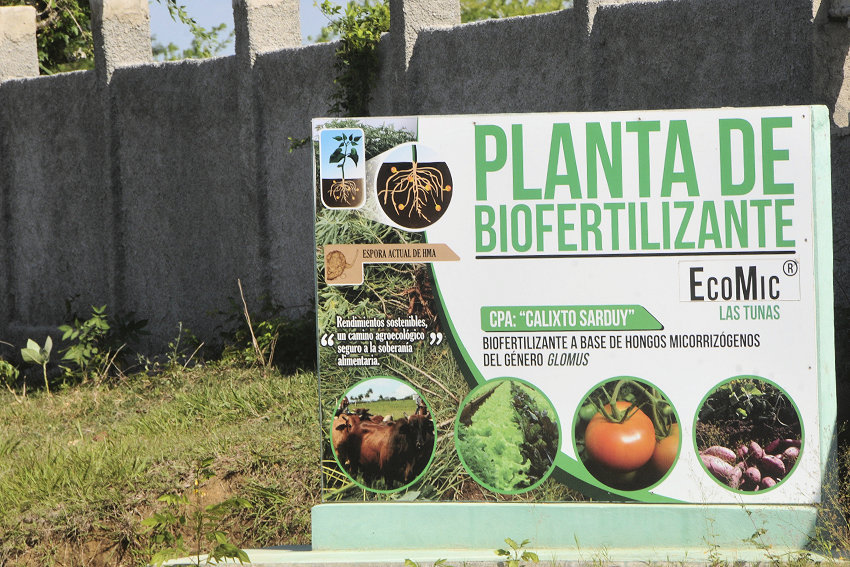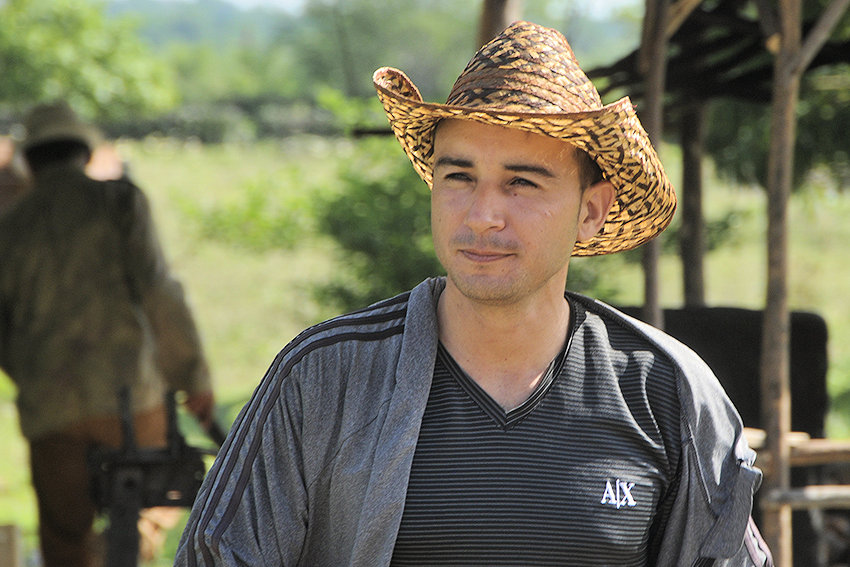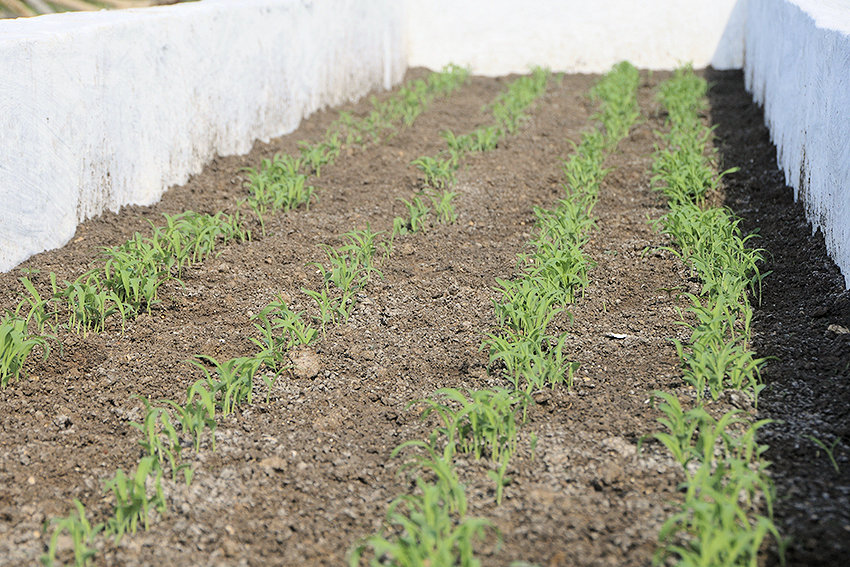
Recently, the beginning of the commercialization of the ECOMIC natural biofertilizer made headlines in the province of Las Tunas, as the Logistics Business Group of the Ministry of Agriculture (GELMA), acquired more than six tons from the Calixto Sarduy agricultural production cooperative (CPA).
 Las Tunas, Cuba.- The collective of the CPA is full of satisfaction, especially Rafael Antonio García Ramayo, head of the plant located in the community of Becerra, who added that previously some direct sales were made to farmers and food production units.
Las Tunas, Cuba.- The collective of the CPA is full of satisfaction, especially Rafael Antonio García Ramayo, head of the plant located in the community of Becerra, who added that previously some direct sales were made to farmers and food production units.
26 spoke with the young engineer because the production and subsequent commercialization of this product is a new experience in the territory and the state or private landowners are wondering what it is for, how it is obtained, and other questions.
Before, a simple Internet search indicates that it is a mycorrhiza fungus; that is, the symbiosis between a fungus and the roots of plants. In this case, there are benefits for both parties.
The plant receives mineral nutrients and water from the fungus, and the fungus obtains from the plant carbohydrates and vitamins, which is unable to synthesize on its own.
"It is a beneficial fungus that is found naturally in soils. We extract it on a small scale and then reproduce it in optimal conditions that we create in our beds until we obtain more than 20 spores per gram."
"The ideal would be to use any variety of Brachiarias (a genus of herbaceous plants belonging to the Poaceae family) because of their excellence as host plants. Here, we use milfoil and so far it gives the results we want."
In essence, they are beds like those of organogenic. When the laboratory analysis shows that the fungus has multiplied, the harvest is carried out and the soil is extracted.
It is then dried in the plant's existing sheds, milled, and packaged.
It sounds easy to say. But it is not, and the seven workers are convinced of it, and they are willing to double production if the planting and drying areas are expanded. They are even looking for solutions to maintain the different cycles.

"In addition to the space, we are affected by the absence of an adequate irrigation system for the care of the plantations. In the entity, we have an area planted with cassava. We apply ECOMIC to half of it and the other half behaves as a control sample. The one that received the product has a more intense greenness, its size is bigger, it has more pairs of leaves and there is no water stress in its development."
The collective has some blankets so as not to delay extraction or drying during the rainy season because if it gets wet they have to start from scratch again. But, it has not been able to stabilize the supply of clay from the extraction area.
"That is the biggest limitation and so far we have done it manually, with picks, shovels, and some equipment that we have borrowed.
However, we managed to secure almost the whole year and that is what we want, taking into account the advantages of ECOMIC.
"It generates multiple benefits, especially when it comes to poor quality soils and soils hit by intense periods of drought. In beans, we see a spectacular result, and the same is true for corn and other crops, including tobacco and grasses and forages."
The full cycle is about six months and the aim is to stabilize production to make systematic extractions. They also want to make a little more than the 20 tons planned, which could contribute to the necessary increase in food production.
The farmers who have already purchased the ECOMIC are happy and say they are seeing results quickly. Fortunately, anyone interested can buy it, either from GELMA or from the CPA itself, which also provides advisory services and has a telephone number (53) 31 383216.





